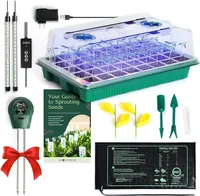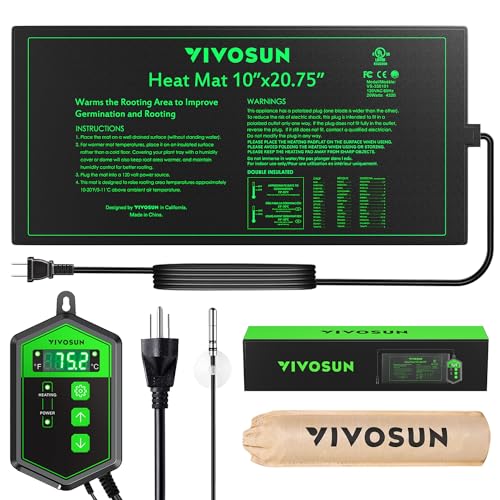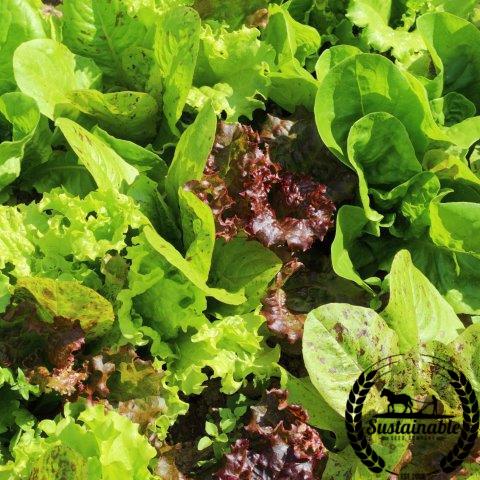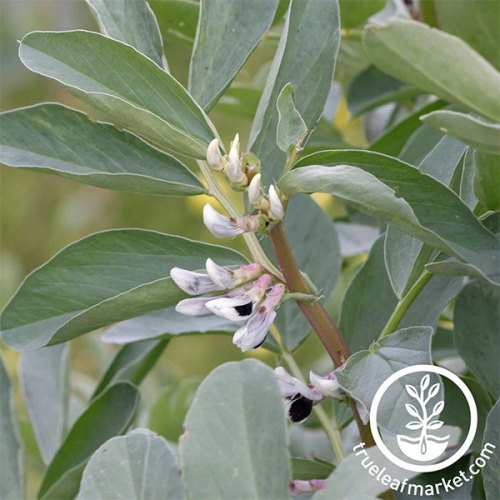7 vegetables to plant in December – you don't even need a greenhouse to sow these crops over winter
It may be cold outdoors, but you can sow vegetable seeds inside. Discover our expert list of what to plant this month along with tips for successful sowing

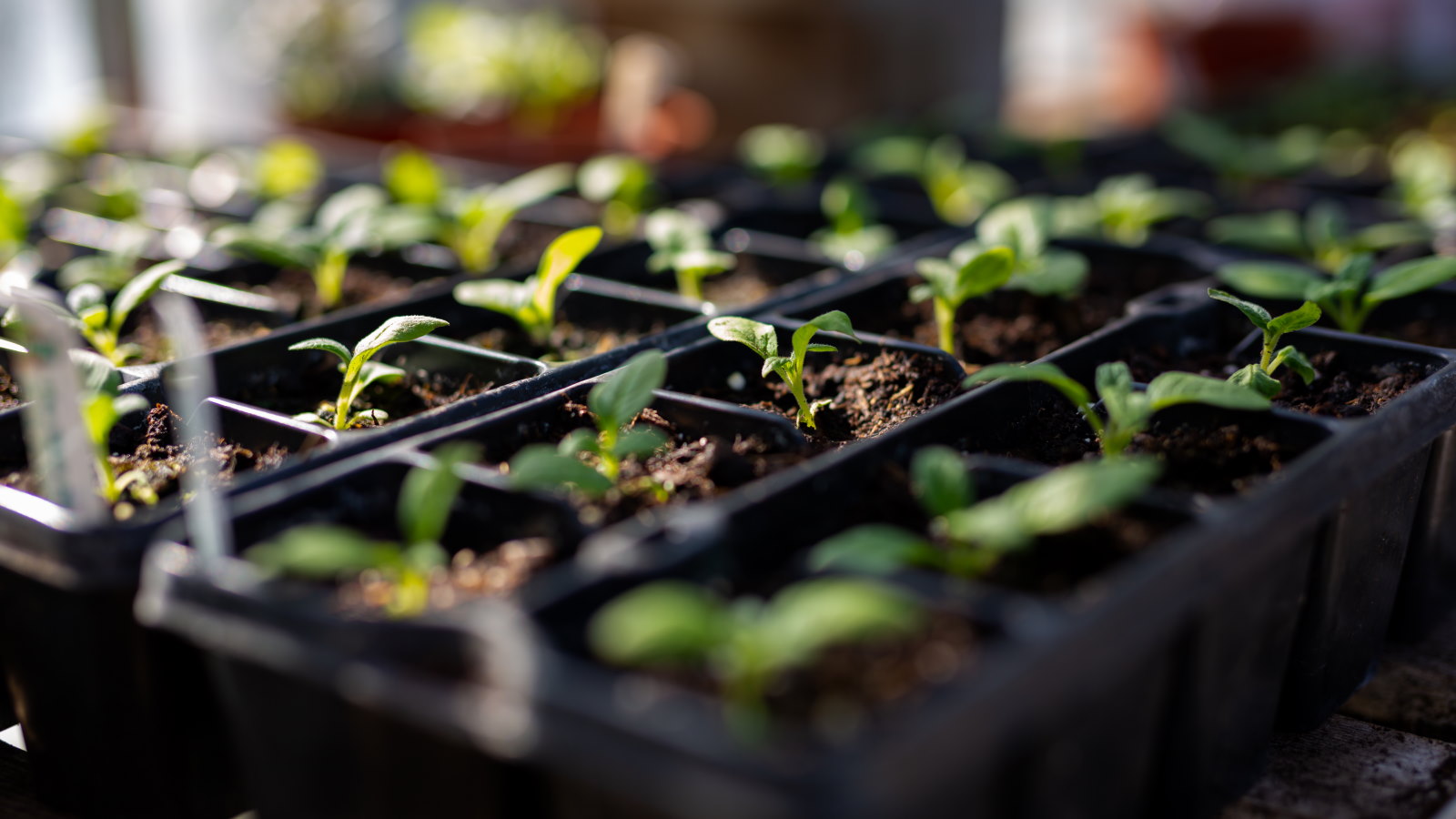
December is a month to harvest winter crops and turn them into warming, hearty meals. As well as harvesting the likes of parsnips, kale, broccoli, cauliflower, Brussels sprouts, and more, it may be surprising to discover there are also vegetables to plant in December.
But it is too cold, snowy, and frosty for planting vegetables, I hear you say. That is true for outdoor plants, but by sowing vegetables indoors this month you can have harvests throughout the colder months or get early crops of some vegetables later in the season.
If you wonder what to plant in December, we reveal seven vegetables to plant this month along with tips for where and how to sow. I grew and harvested vegetables for restaurants year-round in kitchen gardens in the UK. I used greenhouses to plant over winter, however, many vegetables can be started on a bright windowsill.
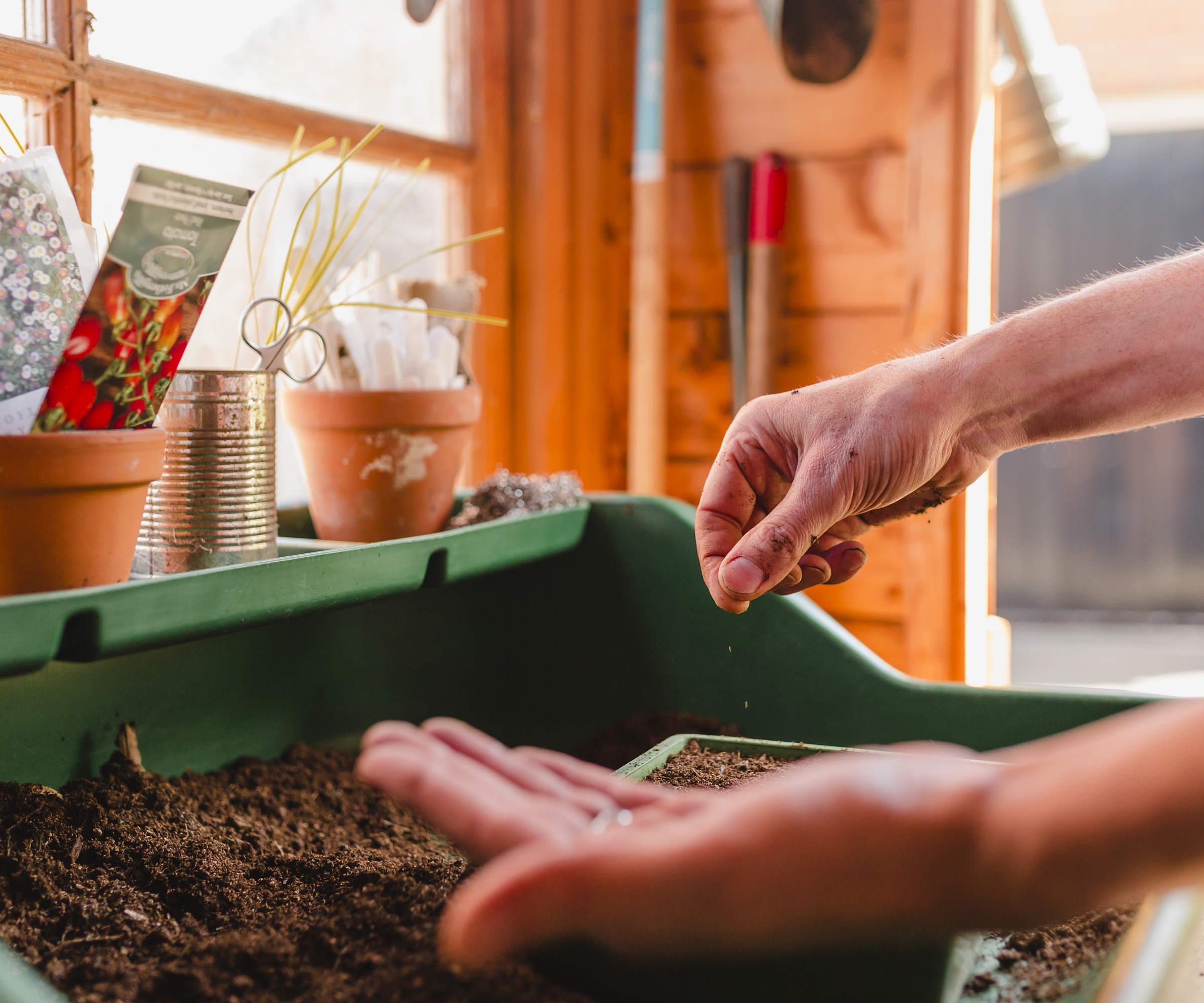
Sow vegetable seeds indoors in December to protect them from the elements
Vegetables to plant in December
December may be too cold to sow seeds outdoors, but there is a good selection of vegetable seeds to start indoors to get ahead for next year. For additional heat and light levels this month, a heated propagator with LED lights can help you avoid leggy seedlings and have healthy vegetable seedlings to transplant in spring.
This complete seed starting kit includes a high-quality seed starter tray with 40 seed cells, two LED grow lights, a heat mat, and a 3-in-1 moisture meter for precise watering. Without a greenhouse or sunny spot, this would be my go-to for indoor sowing.
Here are a great selection of vegetables to plant in December:
1. Eggplant
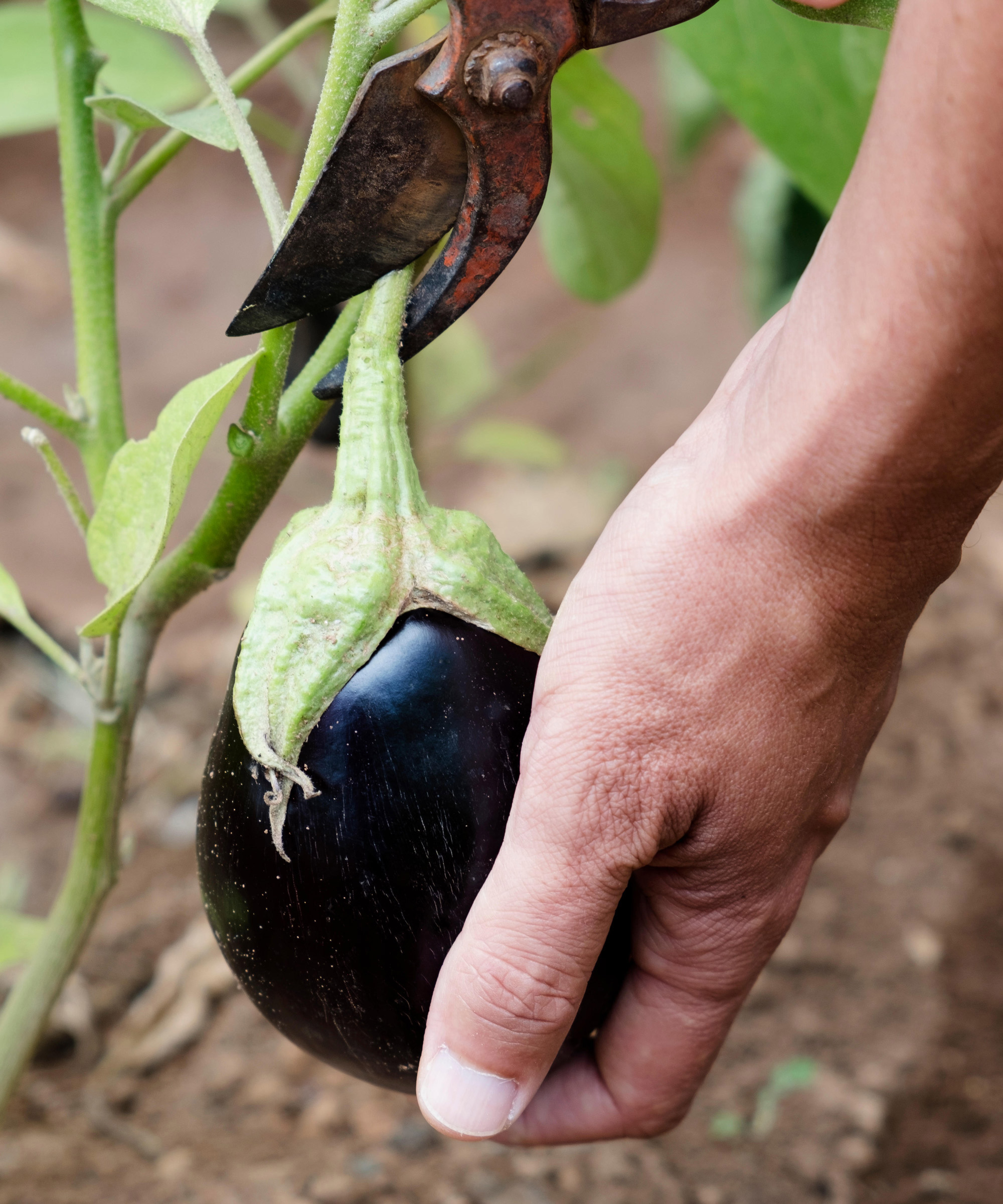
Eggplant varieties can be white or pink as well as the classic dark purple color
They might be heat-loving plants and a typical summer crop, but eggplants have a long growing season and the benefit of sowing them early means an earlier crop.
As eggplants can take six months to go from sowing seeds to harvest time, the earlier you can start the better. Though this will only be possible in certain situations. For example, if you are growing them as part of your greenhouse planning, or live in a warmer climate, then you will be able to plant eggplants into their final position earlier - this makes a December sowing ideal for the earliest pickings of ripe eggplants.
Design expertise in your inbox – from inspiring decorating ideas and beautiful celebrity homes to practical gardening advice and shopping round-ups.
Eggplant seeds will need lots of warmth to get them going as they like temperatures of 60-70°F for good germination. It would be an eggplant growing mistake to not give them supplemental heat to start them off. Sow them in individual pots or modules and keep the soil warm and moist.
You can see the range of eggplant seeds available at Burpee
2. Onions
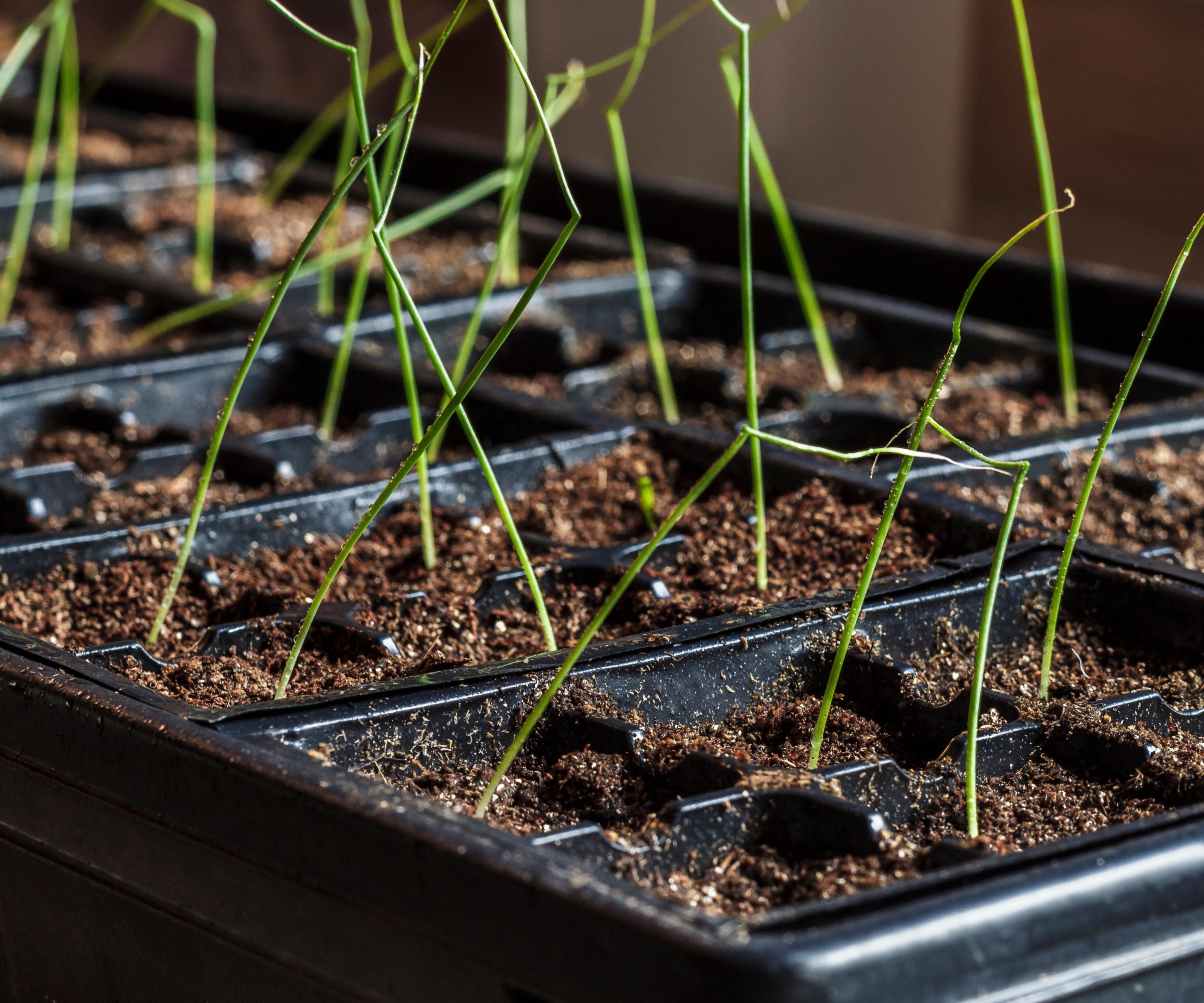
Growing onions from seeds allow you to grow more unusual varieties than usually available as sets
Onions can be sown from seeds or sets, and there is an old adage that the best time to sow seeds is on Boxing Day. Starting the onion seeds in mid-winter means they can have a long growing season and are ready to be planted out as soon as the soil starts to warm come spring.
When growing onions from seeds, they should be sown lightly into modules and want temperatures of 50-60°F to germinate. Thin the seedlings that appear and keep the soil moist, before transplanting the onion seedlings into the vegetable garden after a period of hardening off in the spring.
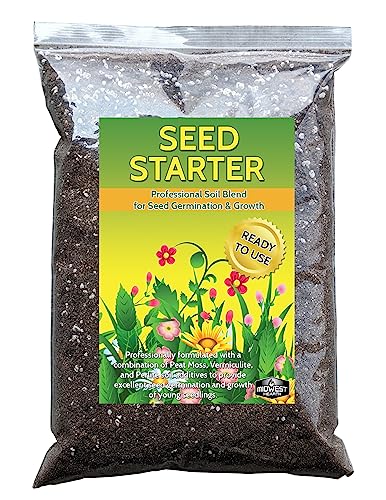
All gardeners will agree when it comes to your plants, soil is the most important element of successful growing. When you are sowing seeds it is crucial to have the right kind of potting soil, full of nutrients to get your seeds off to the best start. This natural soil mix is perfect for seedlings, and is made in the US.
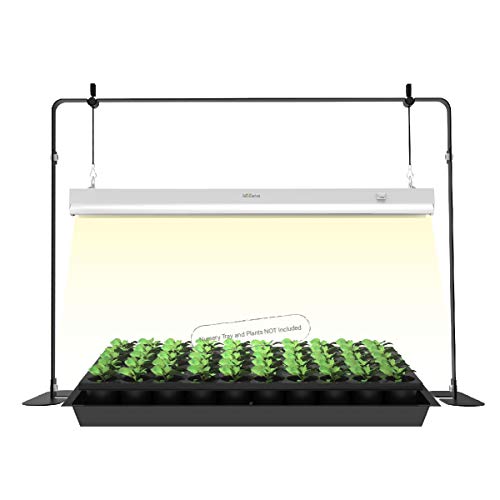
This grow light kit is a bit more of an investment compared to the great value heat mat, however it doesn't only work for starting seeds. You can use this on your houseplants, and your cuttings if propagating inside. Plus it really doesn't take up much space, so is ideal for green fingered apartment dwellers.
3. Lettuce

Lettuce can be grown in containers year-round
Growing lettuce is usually associated with the summer months and salads on warm days. However, the crop can be sown year-round and it is possible to grow lettuce indoors throughout the winter.
You can grow lettuce in pots on a windowsill, in an unheated greenhouse, or a cold frame for a quick harvest of tasty leaves. Loose leaf lettuce types are ideal for growing indoors, while winter hardy salad leaves such as ‘Winter Gem’ or ‘Arctic King’ will grow happily in a cold greenhouse or cold frame during the colder winter months as they thrive at lower temperatures.
Fill containers with quality potting soil, such as this organic potting soil available at Amazon, and sow your lettuce seeds thinly on the surface. Cover with a thin layer of more soil or vermiculite, such as this one from Burpee, and place the container in a bright spot. Keep the soil moist but not waterlogged and the seeds should germinate quickly.
4. Chili peppers
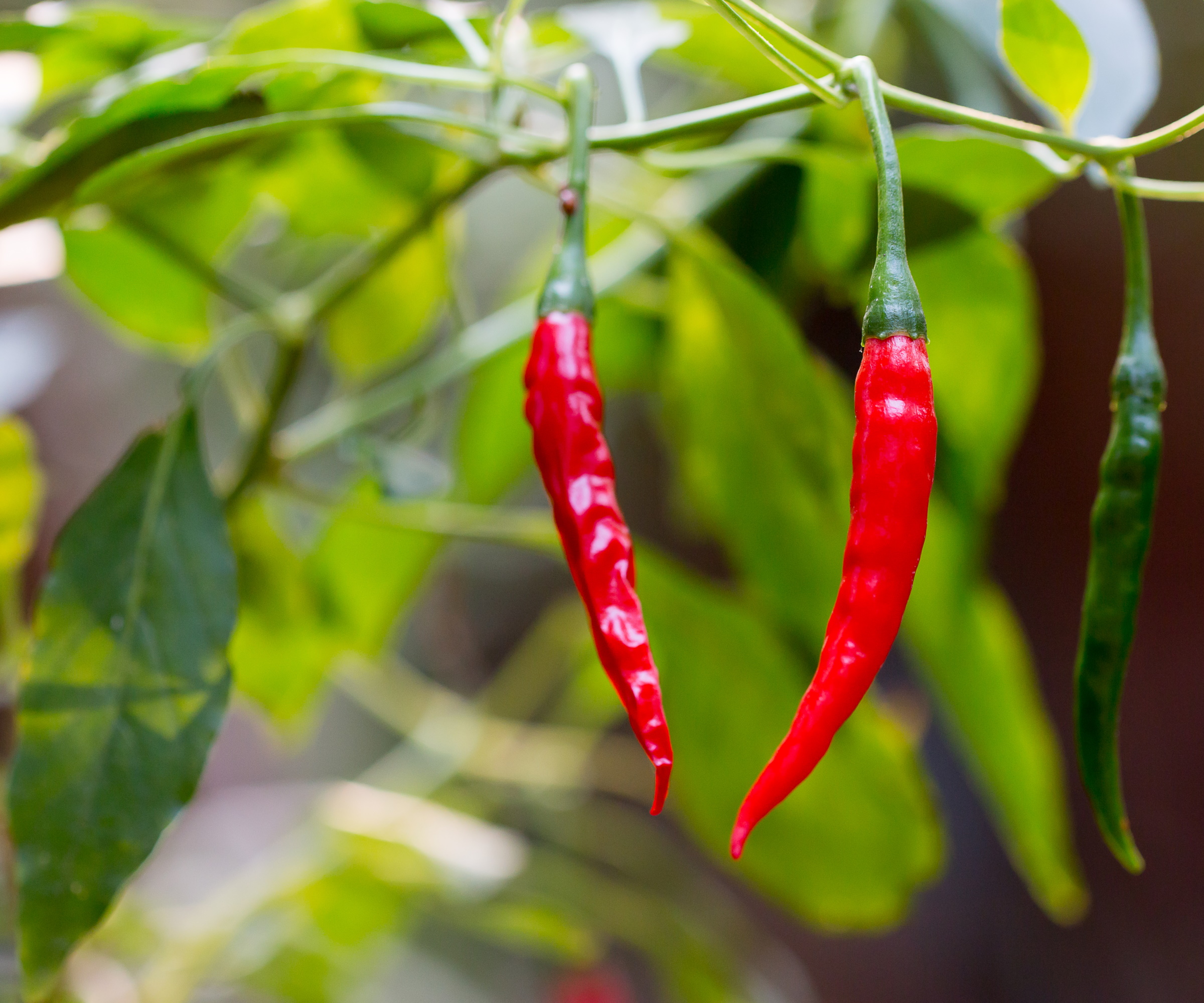
Chili peppers have a long growing season so benefit from an early start
Chili peppers have a long growing season and need lots of warmth to develop and fully ripen. It may seem early, but December is thought by many growers to be an ideal time to sow the seeds of the hottest types of chili peppers - including the likes of Carolina Reaper and Ghost Peppers - such as these Wicked Ghost F1 chili pepper seeds available at Walmart.
Starting the process of growing chili peppers early gives the fruit lots of time to develop their heat, and giving them the longest time possible to ripen is one surefire way to grow hotter peppers. As some chili varieties take three months or more to go from planting in their final position to the fruits being ready to pick, starting early can help ensure you have time to get a good harvest.
Start the chili seeds in a heated propagator at temperatures above 80˚F and use grow lights to give them the right levels of light they need to develop healthily. Germination can be slow with chilies and it may take a few weeks for the seedlings to show. Pot the seedlings up once they form their first few true leaves and continue to grow them somewhere warm.
5. Fava beans
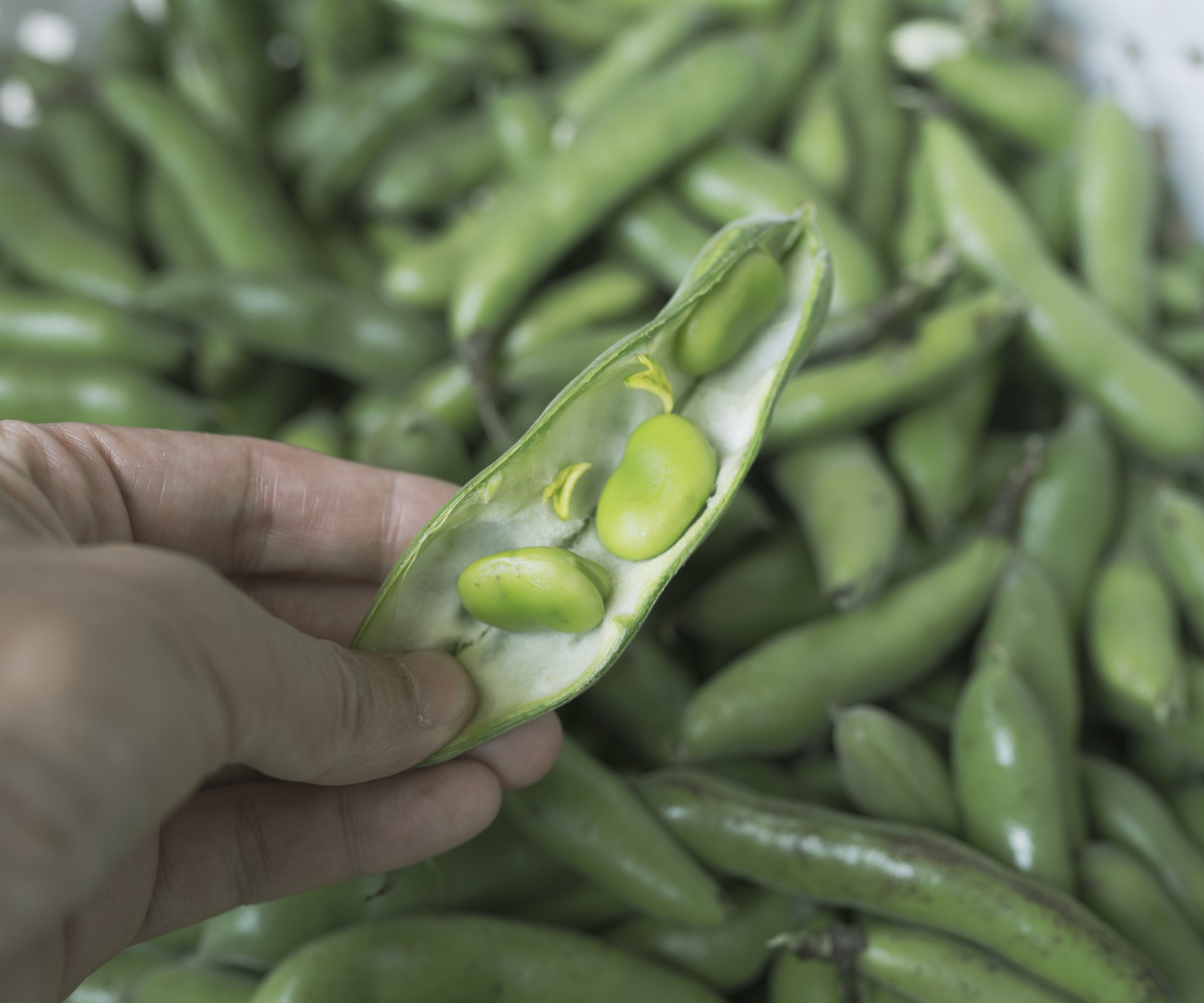
Fava beans are grown for the sweet and nutty flat beans that form inside the pods
Fava beans are a very cold hardy crop that can be planted in fall, winter, or spring, with earlier sowings providing earlier harvests in spring. If you have not yet sown the crop, there is an opportunity to plant fava beans in December.
Where you sow will depend on your climate and soil type. If you want to grow fava beans and live in an area with milder winters, you can plant the beans outdoors and start them under the protection of cloches or horticultural fleece. Those in colder climates, or who have heavy soil that sits very wet over winter, are best to start the fava beans in pots indoors to plant outside in spring.
Hardy types of fava beans are the most suitable for winter sowings, including the ‘Aquadulce’ variety that can withstand cold and germinate at temperatures as low as 42-50˚F. If you plant the seeds in December you should expect to harvest fava beans from May.
6. Mustards

Mustards can be green or purple in color
Mustard greens may be an unknown crop for many, but they are fast-growing vegetables that can provide peppery leaves for salads or stir-fries throughout the winter and spring.
The cool-season vegetables can be grown on a windowsill or in a warm greenhouse in winter. Mustards come in various leaf colors and shapes and can be harvested as a cut-and-come-again crop.
Mustard greens can take 4-6 weeks from sowing to being ready to harvest. The leaves can be harvested as baby greens or full-size - but they get bitter if left to develop too long. Simply remove the larger leaves with a clean knife or scissors and allow the younger ones to develop. Alternatively, mustards make a good microgreen to grow and harvest as seedlings for a spicy garnish.
Sow mustard seeds thinly around a half-inch deep into pots or trays filled with a potting mix and they will germinate quickly at temperatures around 55-65°F. Pot up seedlings and plant them three inches apart into containers. Keep the plants consistently moist and start to harvest once the leaves reach a usable size, but do not remove more than a third of the plant at once.
Discover a range of mustard seeds to sow at Burpee.
7. Mint
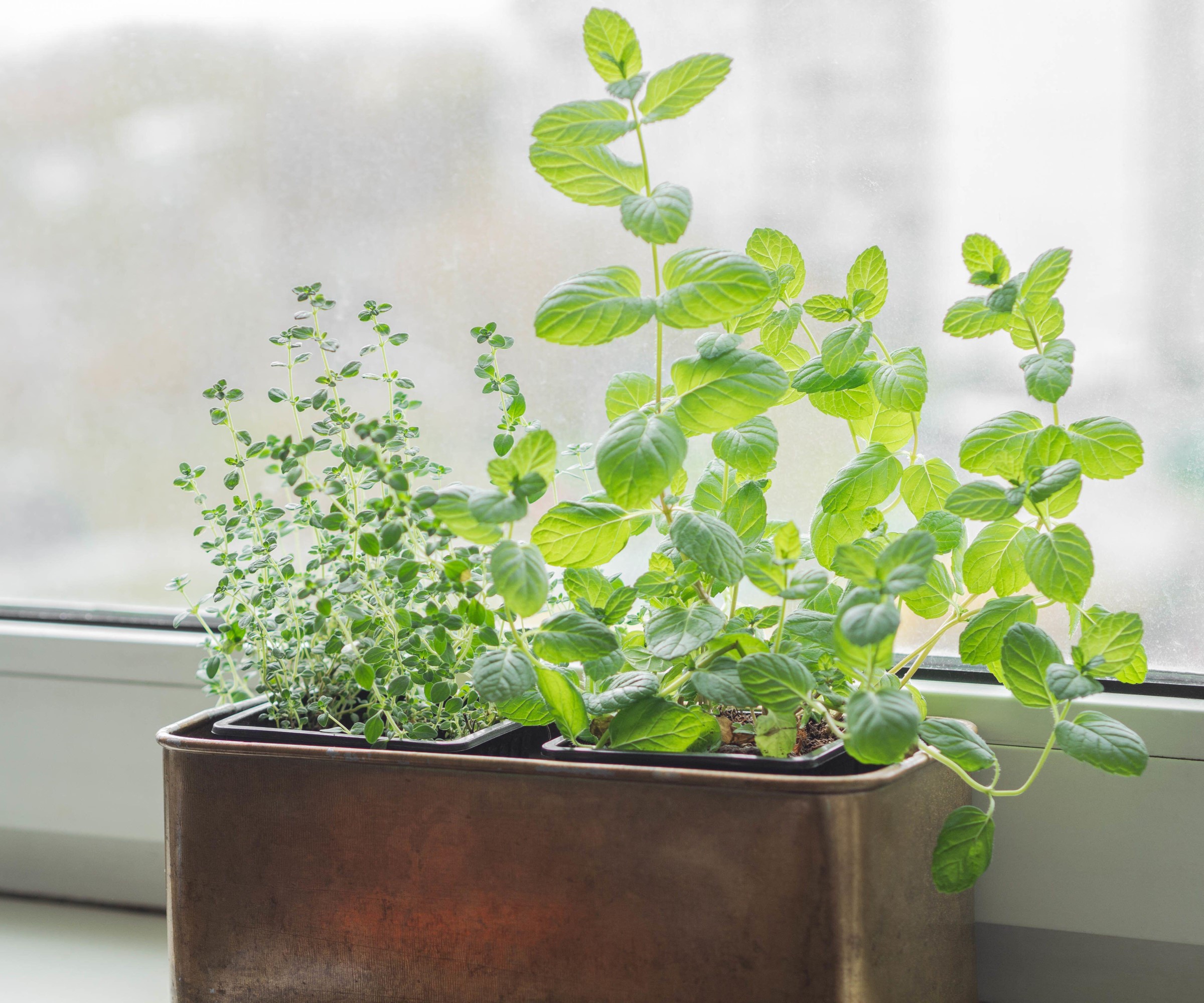
Herbs can thrive on a warm and sunny windowsill
OK, mint is not technically a vegetable - but it is a great plant to sow this month.
Mint can be sown throughout the year and a sowing of this herb in December can mean you have a crop of mint indoors to harvest throughout spring. There are several herbs that can be sown indoors in winter, not only can you have indoor herbs to harvest but the plants can then be transplanted out into the garden come late spring. As well as growing mint, you could sow dill, chives, or basil in a windowsill propagator in December.
You can get a wide variety of mint seeds, coming in many different flavors, and all are simple to sow. Scatter the seeds thinly on the top of moist compost and do not cover them. They want a good level of light and temperatures of around 60°F - artificial grow lights can be used to supplement the natural light.
The seedlings should grow quickly and you can start to harvest mint as soon as the leaves reach a usable size. Picking the herb will ensure the plant keeps producing more of the most flavorful young shoots. The plants can be potted up into containers to grow outside once the risk of frosts has passed, or can be planted into a herb garden - but make sure to contain mint as the plant can spread quickly.
See the range of mint plants and seeds available at Burpee
December may be considered a quiet time for gardening, but there are still jobs to add to any winter gardening checklist. As well as vegetables to plant in December, there are also flowers to sow in December and plants to prune in December. Heading out with tools to trim this month - in the right conditions - will help those shrubs and trees that need pruning to stay healthy and productive for next year.

Drew has worked as a writer since 2008 and was also a professional gardener for many years. As a trained horticulturist, he worked in prestigious historic gardens, including Hanbury Hall and the world-famous Hidcote Manor Garden. He also spent time as a specialist kitchen gardener at Soho Farmhouse and Netherby Hall, where he grew vegetables, fruit, herbs, and cut flowers for restaurants. Drew has written for numerous print and online publications and is an allotment holder and garden blogger. He is shortlisted for the Digital Gardening Writer of the Year at the 2025 Garden Media Guild Awards.
